Airplanes landing in trees
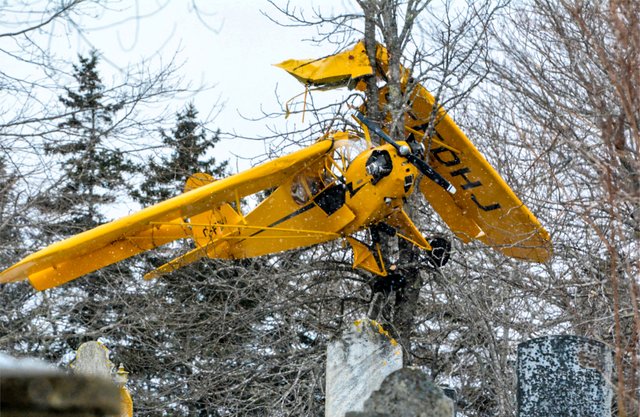
A tree is most definitely NOT where you want to land but sometimes it is unavoidable! This poor guy lost power on take off and just could not avoid landing in the trees. This is really not something we train for however there are lots of anecdotal stories of how to deal with it if it happens.
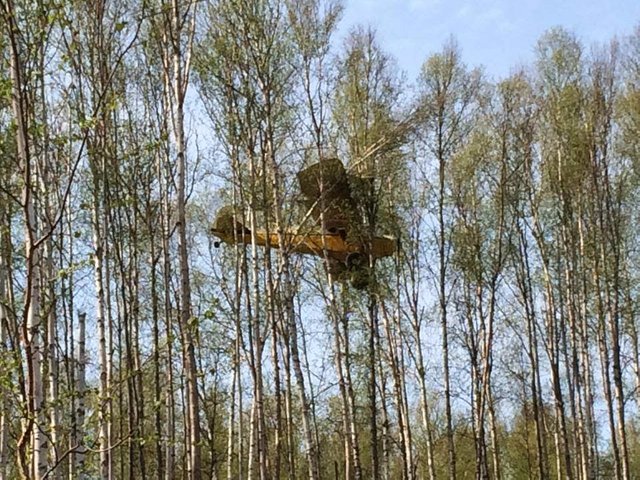
Here is a link to the story this photo came from. The fellow made it out ok but it was difficult getting him down from there. And they apparently had to use a helicopter to take the airplane out.
So I began looking for other instances of this and found a few like the poor guy at the top of this post. He lost power and landed in a tree in a cemetery! Those are tombstones in the bottom foreground of the photo! This is a link to the article about the incident. The pilot walked, or rather climbed away from that one as well.
Apparently this has been going on since the beginning of manned flight... here are some earlier incidences where I can find no real story, only the photos. Please note that in 2 of the following photos there seems to have been a lot of open land around so?
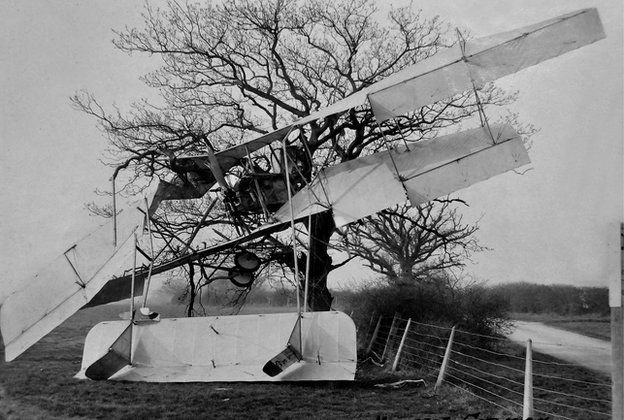
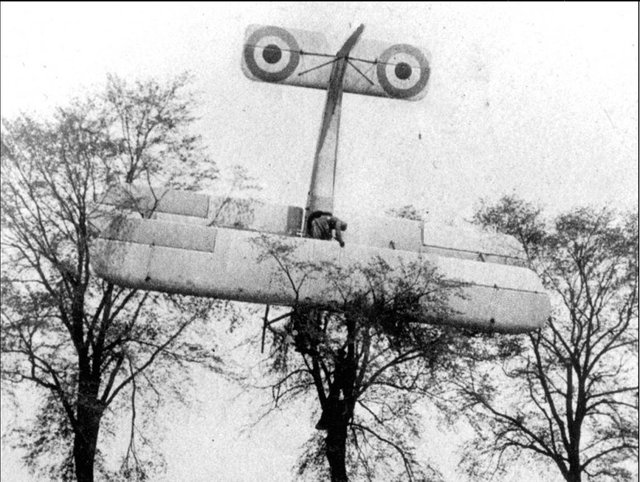
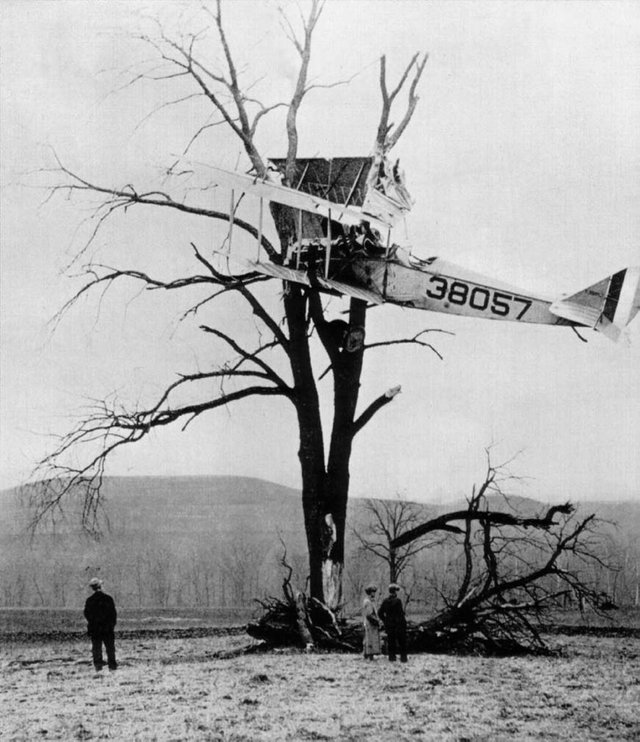
I have flown in the remote back-country for many years and thankfully have not had the necessity of a forced landing into a thick forest. I was asked yesterday in my previous post about my Office in the Sky what would happen if I had a power out. And I was not really joking when I said you look for the softest looking tree to land on.
I carry a length of rope in the cockpit whenever I fly in the back-country, partially for this exact reason. There is a method of coming in and stalling out right over a tree top to hopefully set down in the tree in a manner that would allow you to egress the aircraft and climb down. Hence the length of rope.
I trust I never have to test the theory.
To view images from the project Where Eagles Fly - The American Wilderness Expedition please view my other posts. I am on a mission to raise awareness of our Iconic Natural Heritage Treasures of North America.
And if you would like, press the button to automatically follow my stories! Love to have you on board.

Good story. Always carry rope!
Thanks! And I do..... never know when you might need it.
This comes to mind:
Surviving an emergency forced landing is more about managing the energy of your aircraft, from flying at altitude at a given safe airspeed, to being on the ground, at zero ground speed, and, as far as possible, without rupturing the aircraft fuel tanks in the process.
It so happens that trees are the most prolific as well as the best energy-absorbing ‘obstacles’ that can be used for absorbing the kinetic energy of an aircraft, when in a largely horizontal orientation and flying close to stall speed!
FLIT: Forced Landing Into Trees provides pilots with multiple additional potentially life-saving emergency forced landing options when traditional emergency forced landing options are few.
https://av8torsafety.com/flit/
Take the FLIT: Forced Landing Into Trees online training here: https://av8torsafety.com/courses/flit/
Developing FLIT-Vision🌲 is one way of ensuring a more positive human outcome when encountering an emergency forced landing: https://av8torsafety.com/flit/#flit_vision
Pinwheel Effect & Virtual Crumple Zone
Core to multiple FLIT Maneuvers is the PINWHEEL Effect.
Read more about the PINWHEEL Effect here: https://av8torsafety.com/flit/pinwheel-effect/
Using the PINWHEEL Effect a pilot is able to:
The video (below) shows precisely how the PINWHEEL Effect works by absorbing energy from the initial impact and then converting the remaining energy into rotational and translational energy, which is then absorbed by the engine, wings, and empennage as the aircraft spins, leaving the pilot and passengers largely unaffected in the CENTRE of the spinning aircraft.
This video includes a case study in which the PINWHEEL Effect is powerfully used, leaving PIC/PAX without any injuries!
https://av8torsafety.vplay.media/watch/MTI2MzA4Nw==
John Comley is a pilot, civil structural engineer, and author of FLIT: Forced Landing Into Trees